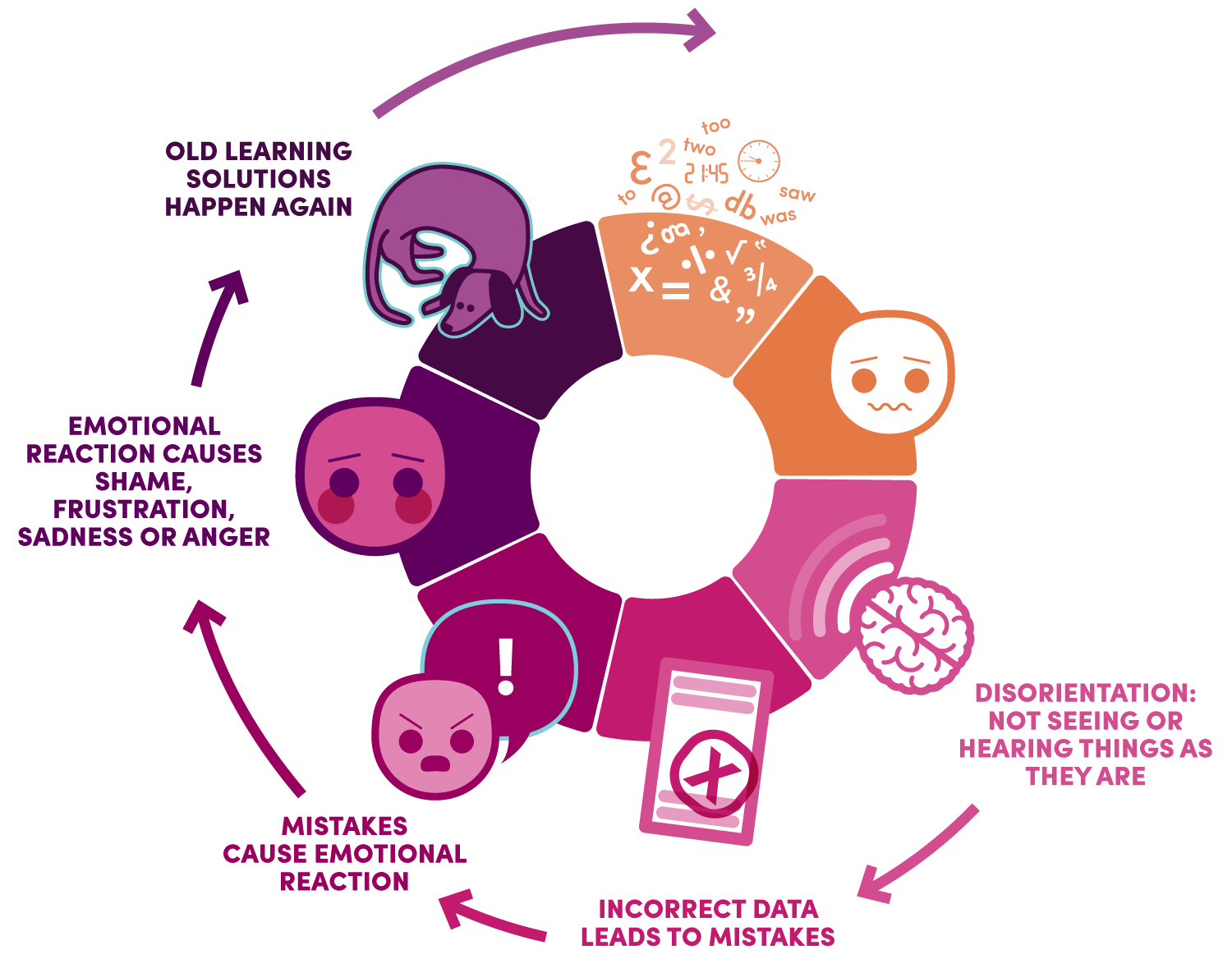Dyslexia is just a different way to think
There is a misconception that dyslexics are ‘slow’ thinkers, lazy, unintelligent, or unwilling to learn. This is not the case. The reality is people with dyslexia process information in pictures or feelings, rather than with words. Which is the only difference between a dyslexic person and a person without dyslexia.
Dyslexics think in 360-degree pictures and see, hear, feel and sense what they imagine as real.
They are quick thinkers processing pictures at 32 per second. This is substantially faster than the way most non-dyslexics ordinarily process information through the sound of words which is typically between 100 - 200 words a minute.
Learning how to efficiently perceive, manage and filter the information you observe in your everyday life will assist in improving your focus and overcome previous learning hurdles.








